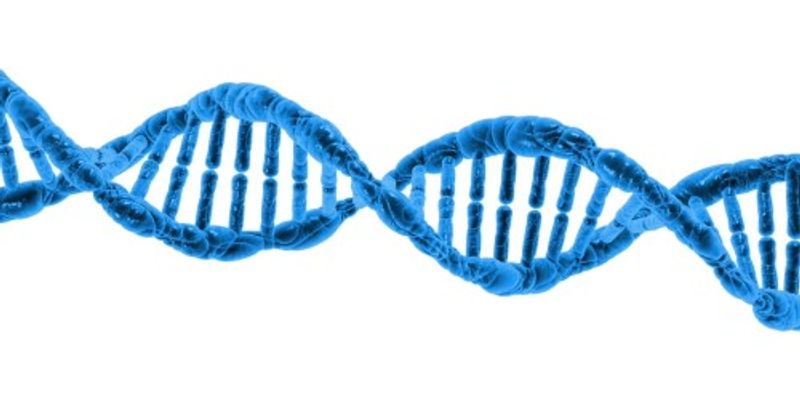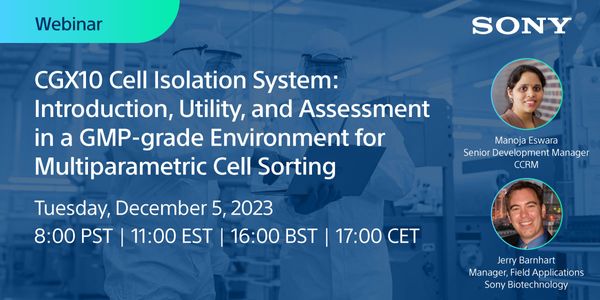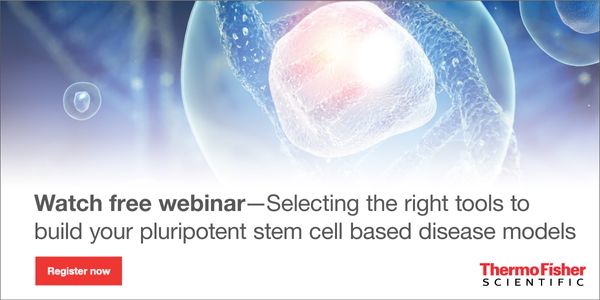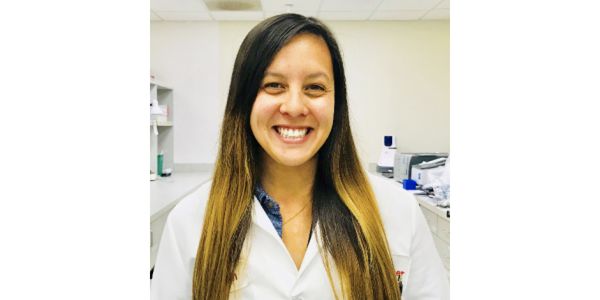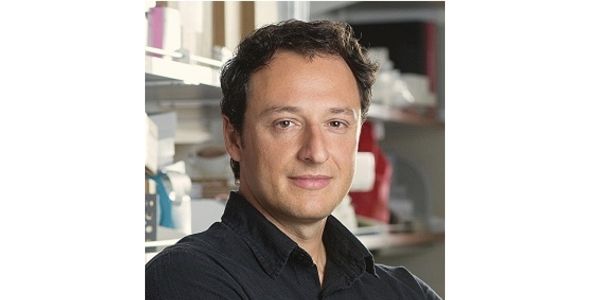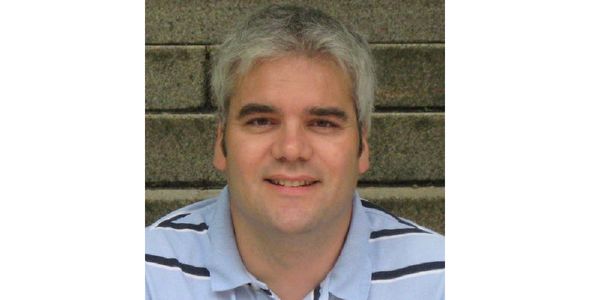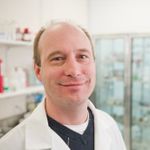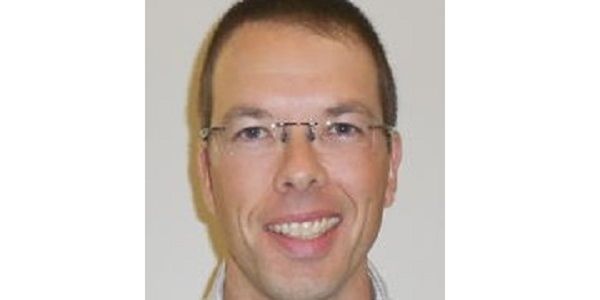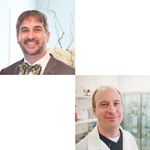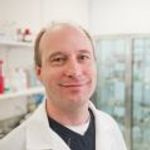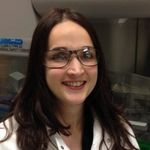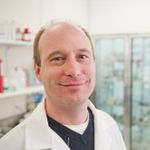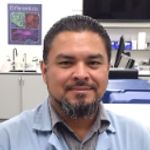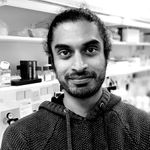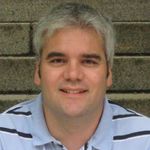Cellular Reprogramming
Cellular reprogramming: is an artificial process which changes the state of a cell. It involves changing gene expression, for example, to transform an adult cell into a pluripotent cell.
-
DEC 05, 2023 | 8:00 AMCGX10 Cell Isolation System: Introduction, Utility, and Assessment in a GMP-grade Environment for Multiparametric Cell Sorting A future of long-term, minimally toxic immunotherapy personaliz...JUL 29, 2020 | 12:00 PMThe major function of mitochondria in cellular homeostasis has been the generation of ATP through oxidative phosphorylation. However, we have previously demonstrated that mitochondria can se...MAY 20, 2020 | 12:45 PMBackground: Despite the immunogenicity and safety profile of dendritic cell (DC) vaccines, the importance of vaccine-induced antigen-specific T cell responses is unclear across clinical tria...JUN 19, 2019 | 11:00 AMDATE: June 19, 2019TIME: 11:00am PDT, 2:00pm EDT Abstract:...FEB 26, 2019 | 9:00 AMDATE: February 26, 2019TIME: 9:00am PST, 12:00pm EST In an era of increasingly high-throughput, large-scale biology, with companies, government and non-prof...Speaker: Andrew Brooks, Ph.D. , Shawn Levy, Ph.D. , Brad Hamilton , Fay Betsou, Ph.DSponsored By: Brooks Life SciencesNOV 15, 2018 | 11:00 AMGeneration of robust iPSC-derived neural stem cell cultures and neurons with shorter maturation times provide opportunities for quick and reliable generation of neuronal in vitro models. This...NOV 15, 2018 | 10:00 AMThe complexity of the human brain, with thousands of neuronal types, permits the development of sophisticated behavioral repertoires, such as language, tool use, self-awareness, symbolic thou...OCT 11, 2018 | 1:30 PMRecent work has identified epigenomic features of distal regulatory elements to be dynamic and defining indicators of cellular specification and transformation. Of particular relevance is our...Speaker: Martin Hirst, PhDMAR 01, 2018 | 12:00 AMThe isolation of human embryonic stem cells (hESCs) and the discovery of human induced pluripotent stem cell (hiPSC) reprogramming have sparked a renaissance in stem cell biology, in vitro di...JAN 01, 2018 | 12:00 AMMy talk shall encompass how the stem cell research field has evolved from embryonic stem cells to adult stem cells and currently induced pluripotent stem cells with special reference to the f...NOV 01, 2017 | 12:00 AMFor more than four decades, restrictions on research with psychoactive drugs have slowed progress in understanding how such substances impact brain metabolism. Besides the historical restrict...JUL 25, 2017 | 9:00 AMEVENT DETAILS:DATE: July 25, 2017TIME: 9:00am PT, Noon ETThermo Fisher Scientific is proud to present the SyncD3 webinar series. As a thought-leader in science...JUL 01, 2017 | 8:00 AMThe availability of well-characterised monoclonal antibodies (mAbs) detecting cell-surface epitopes on human pluripotent stem cells (hPSCs) provides useful research tools to investigate the c...JUL 01, 2017 | 12:00 AMFor optimal use of human induced pluripotent stem cells (hiPSCs) it is essential to identify lines that are fully reprogrammed and of high quality with proven pluripotency in terms of differe...JUL 01, 2017 | 12:00 AMThe discovery of the CRISPR/Cas9 system has transformed research and now allows straightforward alterations in the genome and can be exploited to introduce changes to mimic diseases. This pre...MAY 16, 2017 | 9:00 AMEVENT DETAILS:DATE: May 16, 2017TIME: 9:00am PT, Noon ETThermo Fisher Scientific is proud to present the SyncD3 webinar series. As a thought-leader in science our first commit...MAY 01, 2017 | 8:00 AMDeveloping therapies for human diseases continues to face obstacles, particularly in translating targets or compounds identified by in vitro screening campaigns to valid targets or efficaciou...NOV 17, 2016 | 7:00 AMDATE: November 17, 2016 TIME: 7:00am PT, 10:00am ET Induced pluripotent stem (iPS) cell reprogramming allows turning an adult somatic cell into a pluripotent stem cell. Four Fac...NOV 16, 2016 | 4:00 PMCulture systems for pluripotent stem cell (PSC) expansion enable generation of a nearly unlimited pool of cells for downstream differentiation, disease modeling, drug discovery, and therapeut...NOV 10, 2016 | 9:00 AMDATE: November 10, 2016 TIME: 9:00am PT, Noon ET The CellSimple™ Cell Analyzer enables quick and easy research assays, including functional cell-based assays, cell-model...OCT 18, 2016 | 11:45 AM...AUG 30, 2016 | 8:00 AMThe reprogramming of somatic cells into induced Pluripotent Stem Cells (iPSC) has great potential of applications, not only in basic research, but also in drug screening and cell therapy. Wit...Speaker: Rene Quintanilla Jr.Presented at: 4th Annual 24 Hours of Stem Cells™ virtual event
Sponsored By: Thermo Fisher Scientific, Thermo Fisher ScientificAUG 30, 2016 | 8:00 AMThe human body is composed of about 200 different cell types. The identity and function of these distinct cell types are precisely programmed by the regulatory networks encoded in the 3 billi...AUG 30, 2016 | 8:00 AMThe isolation of human embryonic stem cells (hESCs) and the discovery of human induced pluripotent stem cell (hiPSC) reprogramming have sparked a renaissance in stem cell biology, in vitro di...
DEC 05, 2023 | 8:00 AM
CGX10 Cell Isolation System: Introduction, Utility, and Assessment in a GMP-grade Environment for Multiparametric Cell Sorting A future of long-term, minimally toxic immunotherapy personaliz...
JUL 29, 2020 | 12:00 PM
The major function of mitochondria in cellular homeostasis has been the generation of ATP through oxidative phosphorylation. However, we have previously demonstrated that mitochondria can se...
MAY 20, 2020 | 12:45 PM
Background: Despite the immunogenicity and safety profile of dendritic cell (DC) vaccines, the importance of vaccine-induced antigen-specific T cell responses is unclear across clinical tria...
JUN 19, 2019 | 11:00 AM
DATE: June 19, 2019TIME: 11:00am PDT, 2:00pm EDT Abstract:...
FEB 26, 2019 | 9:00 AM
DATE: February 26, 2019TIME: 9:00am PST, 12:00pm EST In an era of increasingly high-throughput, large-scale biology, with companies, government and non-prof...
Speaker:
Andrew Brooks, Ph.D.
, Shawn Levy, Ph.D.
, Brad Hamilton
, Fay Betsou, Ph.D
Sponsored By: Brooks Life Sciences
NOV 15, 2018 | 11:00 AM
Generation of robust iPSC-derived neural stem cell cultures and neurons with shorter maturation times provide opportunities for quick and reliable generation of neuronal in vitro models. This...
NOV 15, 2018 | 10:00 AM
The complexity of the human brain, with thousands of neuronal types, permits the development of sophisticated behavioral repertoires, such as language, tool use, self-awareness, symbolic thou...
OCT 11, 2018 | 1:30 PM
Recent work has identified epigenomic features of distal regulatory elements to be dynamic and defining indicators of cellular specification and transformation. Of particular relevance is our...
Speaker:
Martin Hirst, PhD
MAR 01, 2018 | 12:00 AM
The isolation of human embryonic stem cells (hESCs) and the discovery of human induced pluripotent stem cell (hiPSC) reprogramming have sparked a renaissance in stem cell biology, in vitro di...
JAN 01, 2018 | 12:00 AM
My talk shall encompass how the stem cell research field has evolved from embryonic stem cells to adult stem cells and currently induced pluripotent stem cells with special reference to the f...
NOV 01, 2017 | 12:00 AM
For more than four decades, restrictions on research with psychoactive drugs have slowed progress in understanding how such substances impact brain metabolism. Besides the historical restrict...
JUL 25, 2017 | 9:00 AM
EVENT DETAILS:DATE: July 25, 2017TIME: 9:00am PT, Noon ETThermo Fisher Scientific is proud to present the SyncD3 webinar series. As a thought-leader in science...
JUL 01, 2017 | 8:00 AM
The availability of well-characterised monoclonal antibodies (mAbs) detecting cell-surface epitopes on human pluripotent stem cells (hPSCs) provides useful research tools to investigate the c...
JUL 01, 2017 | 12:00 AM
For optimal use of human induced pluripotent stem cells (hiPSCs) it is essential to identify lines that are fully reprogrammed and of high quality with proven pluripotency in terms of differe...
JUL 01, 2017 | 12:00 AM
The discovery of the CRISPR/Cas9 system has transformed research and now allows straightforward alterations in the genome and can be exploited to introduce changes to mimic diseases. This pre...
MAY 16, 2017 | 9:00 AM
EVENT DETAILS:DATE: May 16, 2017TIME: 9:00am PT, Noon ETThermo Fisher Scientific is proud to present the SyncD3 webinar series. As a thought-leader in science our first commit...
MAY 01, 2017 | 8:00 AM
Developing therapies for human diseases continues to face obstacles, particularly in translating targets or compounds identified by in vitro screening campaigns to valid targets or efficaciou...
NOV 17, 2016 | 7:00 AM
DATE: November 17, 2016
TIME: 7:00am PT, 10:00am ET
Induced pluripotent stem (iPS) cell reprogramming allows turning an adult somatic cell into a pluripotent stem cell. Four Fac...
NOV 16, 2016 | 4:00 PM
Culture systems for pluripotent stem cell (PSC) expansion enable generation of a nearly unlimited pool of cells for downstream differentiation, disease modeling, drug discovery, and therapeut...
NOV 10, 2016 | 9:00 AM
DATE: November 10, 2016
TIME: 9:00am PT, Noon ET
The CellSimple™ Cell Analyzer enables quick and easy research assays, including functional cell-based assays, cell-model...
OCT 18, 2016 | 11:45 AM
...
AUG 30, 2016 | 8:00 AM
The reprogramming of somatic cells into induced Pluripotent Stem Cells (iPSC) has great potential of applications, not only in basic research, but also in drug screening and cell therapy. Wit...
Speaker:
Rene Quintanilla Jr.
Presented at: 4th Annual 24 Hours of Stem Cells™ virtual event
Sponsored By: Thermo Fisher Scientific, Thermo Fisher Scientific
Sponsored By: Thermo Fisher Scientific, Thermo Fisher Scientific
AUG 30, 2016 | 8:00 AM
The human body is composed of about 200 different cell types. The identity and function of these distinct cell types are precisely programmed by the regulatory networks encoded in the 3 billi...
AUG 30, 2016 | 8:00 AM
The isolation of human embryonic stem cells (hESCs) and the discovery of human induced pluripotent stem cell (hiPSC) reprogramming have sparked a renaissance in stem cell biology, in vitro di...
